Why do so many students break COVID-19 protocols?
Despite Burlingame High School remaining closed due to state regulations, many students have egregiously broken COVID protocols put in place by the county.
February 1, 2021
Anyone with access to social media knows that San Mateo County’s purple-tier status has not been taken seriously by many teenagers. Some have been outright flagrant in their violations of the order — most notably, a group of Burlingame students posted a photo on Snapchat of them partying in Florida without masks. However, this partying is also happening here. Instances of students renting party busses and hosting large indoor gatherings, many maskless, have also been posted online. High school students’ disregard for COVID-19 guidelines, and what seems like a lack of regret can be blamed on a variety of factors.
As we reach nearly 11 months since the initial orders were issued, it feels as though people have forgotten that the COVID-19 pandemic is worse than it has ever been. When the initial shelter-in-place was ordered in March of 2020, there were 264 reported cases of COVID-19 in the state of California. In the last two weeks, there have been over 5,900 new cases of COVID-19 in San Mateo County alone.
These numbers are staggering, yet it seems as though fewer people are taking the order seriously than they did in the spring. Burlingame Avenue was a ghost town in March — now, it seems as lively as ever. People have been chomping at the bit to get back to their regular lives, teenagers being no exception. Even with this urge to return to pre-pandemic normalcy, we must ask why some choose to endanger themselves and others by breaking COVID-19 protocols.
The easy answer is that many people are selfish, or misinformed about the severity of the virus.While this may be true for some, it doesn’t encompass everyone in violation of the order. Why are well-informed, well-intentioned people breaking protocols at such a high rate?
The prefrontal cortex, the part of the brain responsible for weighing consequences and making decisions, does not finish developing until around the age of 25. Because of this, teenagers and young adults are much more prone to make decisions that benefit them in the short term. The famous Stanford marshmallow experiment is a perfect example of this. In this experiment, a group of three to five-year-olds were told to decide between eating one marshmallow at that exact moment, or two marshmallows 30 minutes later. The experiment found that the majority of kids elected to take the one marshmallow, unwilling to wait for the additional marshmallow that would come with patience. While teenagers are certainly much better decision makers than toddlers, the predicament they are faced with during the pandemic is much more dire than choosing to wait for an extra marshmallow — it’s choosing between social interaction and the health of those around them.
Many have come to the conclusion that the parents of these kids either don’t believe in the dangers of COVID-19, or that they are aware of the risks COVID-19 poses but unaware of their child’s risky behavior. While this is true in many instances, it fails to acknowledge the dilemma many good, responsible parents face: they love their kids, and want to see them happy. Understandably, it can be very hard for parents to restrain their kids from something as critical as social interaction, as no parent wants to see their kids suffer. Some parents choose to prioritize their children’s happiness over public health.
It can be hard to follow guidelines 24/7. I know there have been many instances where I could have followed them more strictly. Despite this, there is absolutely no excuse for those who have acted callously during the pandemic, including many Burlingame students. COVID-19 regulations are in place for our safety, and no one should be gathering indoors without masks or in large groups. Social interaction, so crucial to our mental wellbeing, can be achieved safely and while following guidelines. However, people make their choices for a reason, and the first step in helping fix selfish behavior is to understand what triggers it in the first place.
Teenagers and parents who actively break protocol fail to realize that their decisions don’t just affect their close contacts. The contact of those with siblings or children in the in-person Hillsborough School District affects the family of every student they come into contact with at school. One person’s contacts can also affect essential workers, and even passersby in some cases. While your family may have made the choice to risk contracting COVID-19, you don’t know if everyone you interact with is willing to take such a risk.
Many of the people complaining about lockdown protocols being unsuccessful are the same people breaking the protocols, rendering them ineffective. I would tell those people to look at Melbourne, the capital of Australia. They imposed a strict lockdown — not unlike the one California had implemented until Monday — following a sharp spike in cases in August. The difference was their lockdown was actually enforced.
It wasn’t easy. It had harsh effects on the city. The economy suffered, and unemployment soared. However, the government took steps to protect essential workers and the unemployed, and after 112 long days, Melbourne was virtually COVID-19 free, and unemployment has returned to the level it was before lockdown.
If everyone follows protocol, the virus is beatable, especially with public access to a vaccine inching closer by the day. Even with the statewide stay-at-home order now lifted, there is still a lot of work that needs to be done in order to get back to pre-pandemic life. Until that happens, please — on behalf of your fellow citizens — take the second marshmallow.


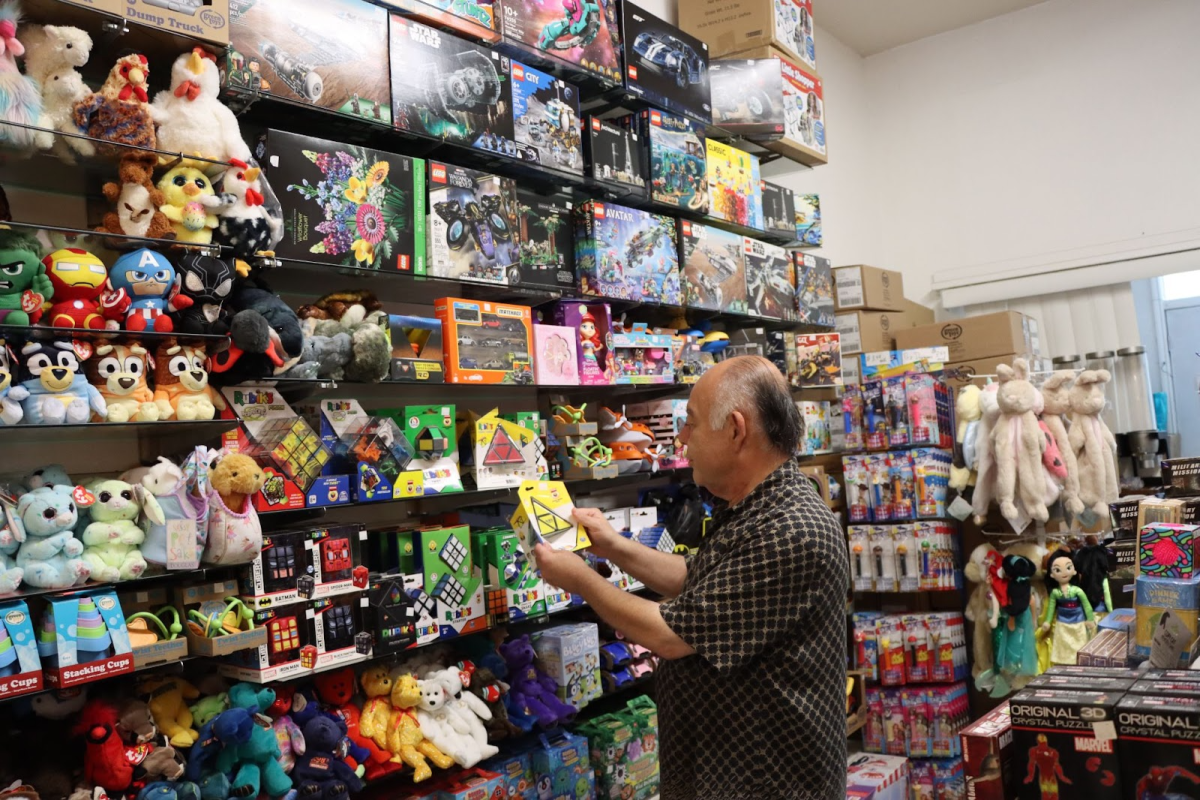
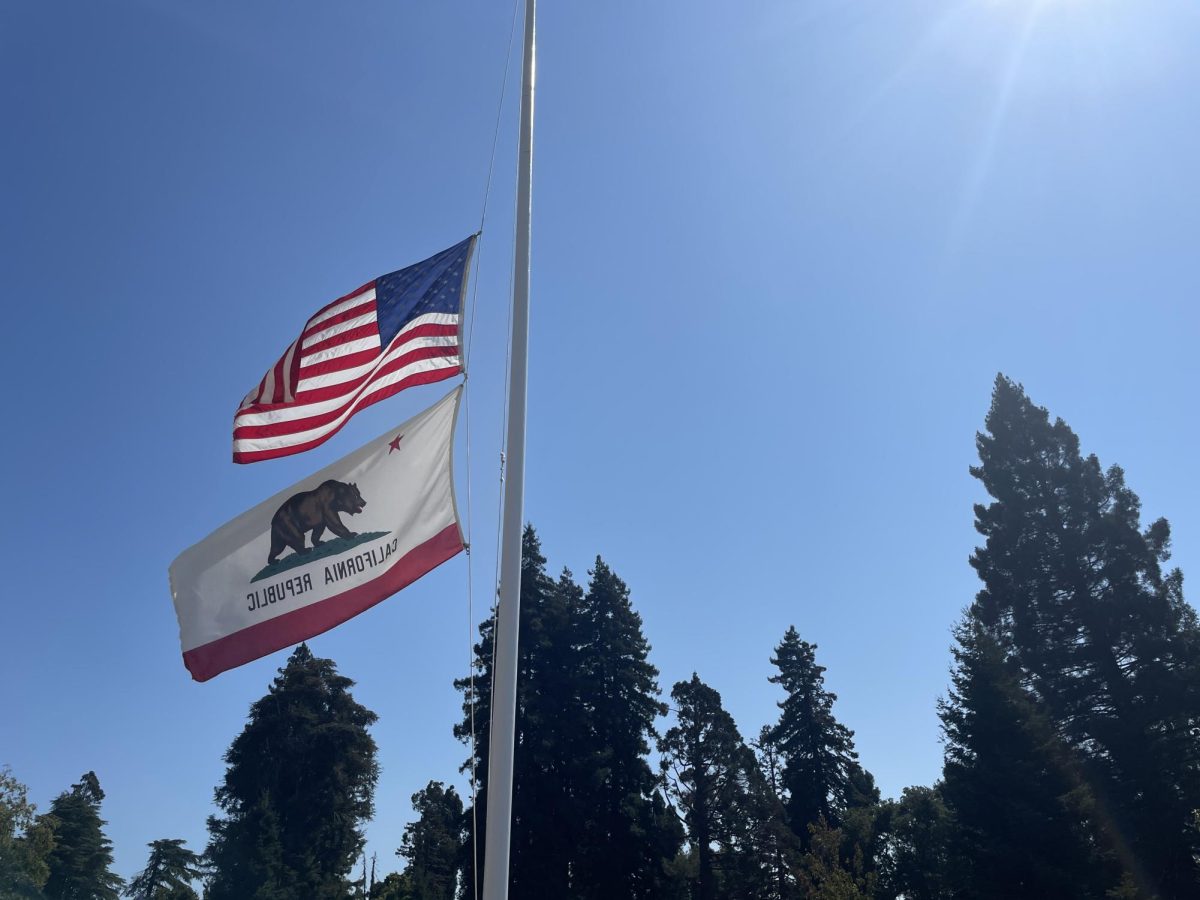
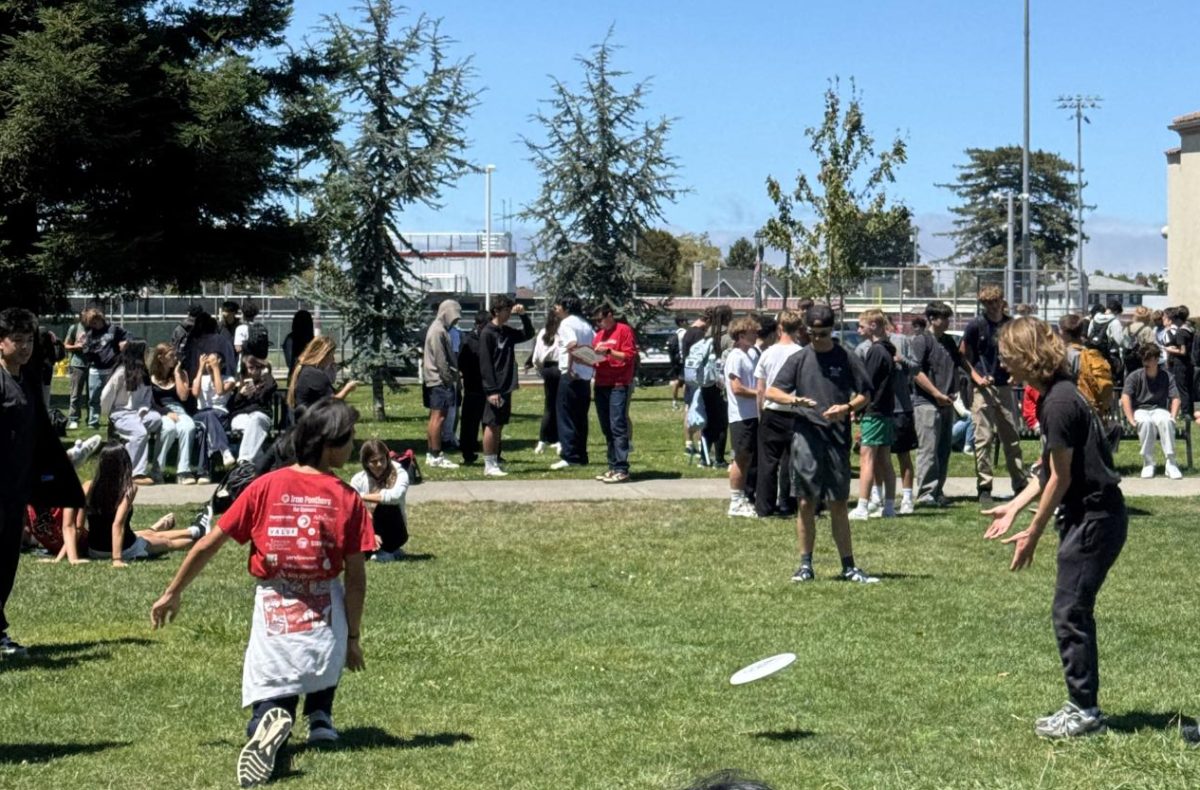
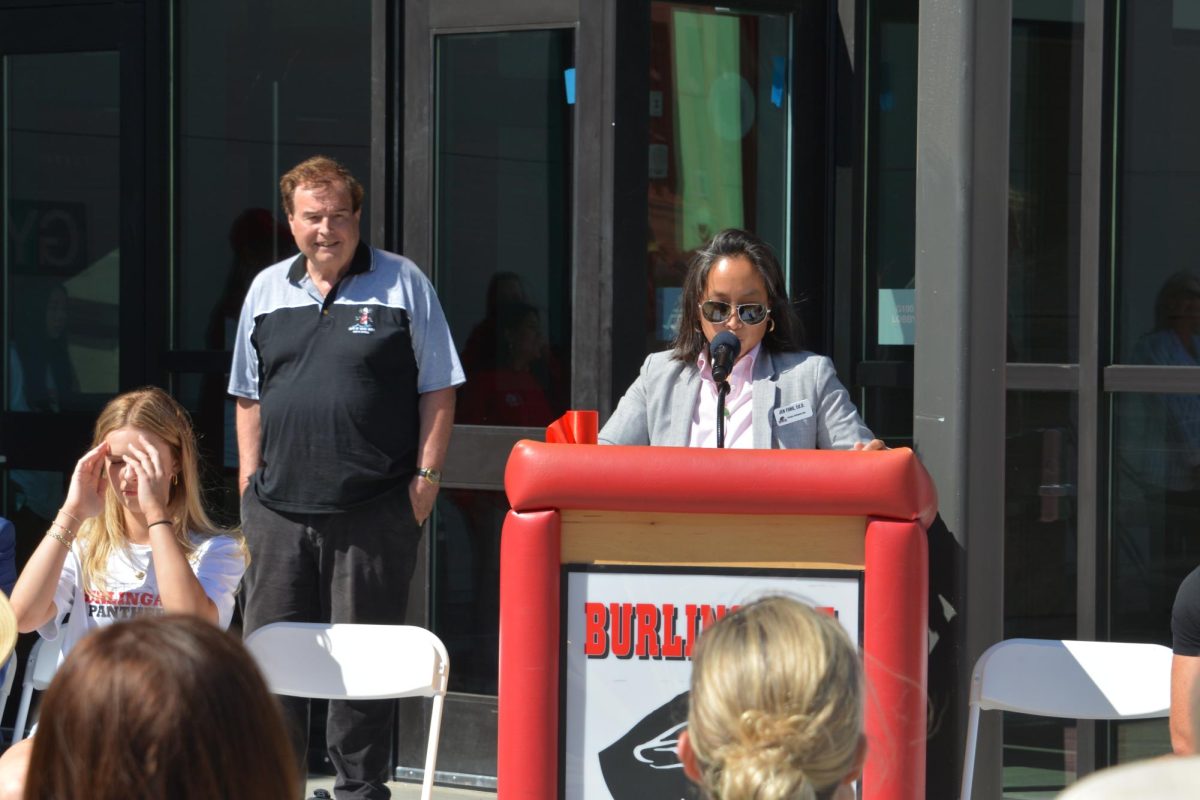
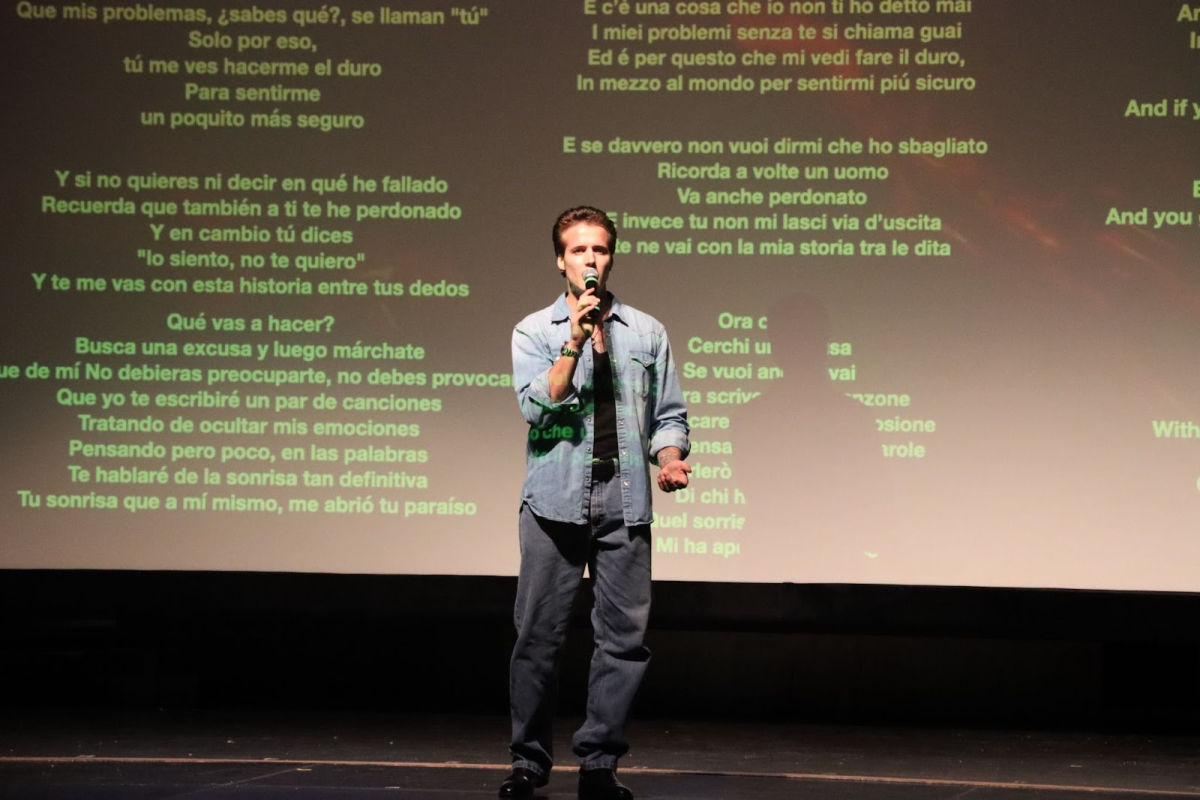
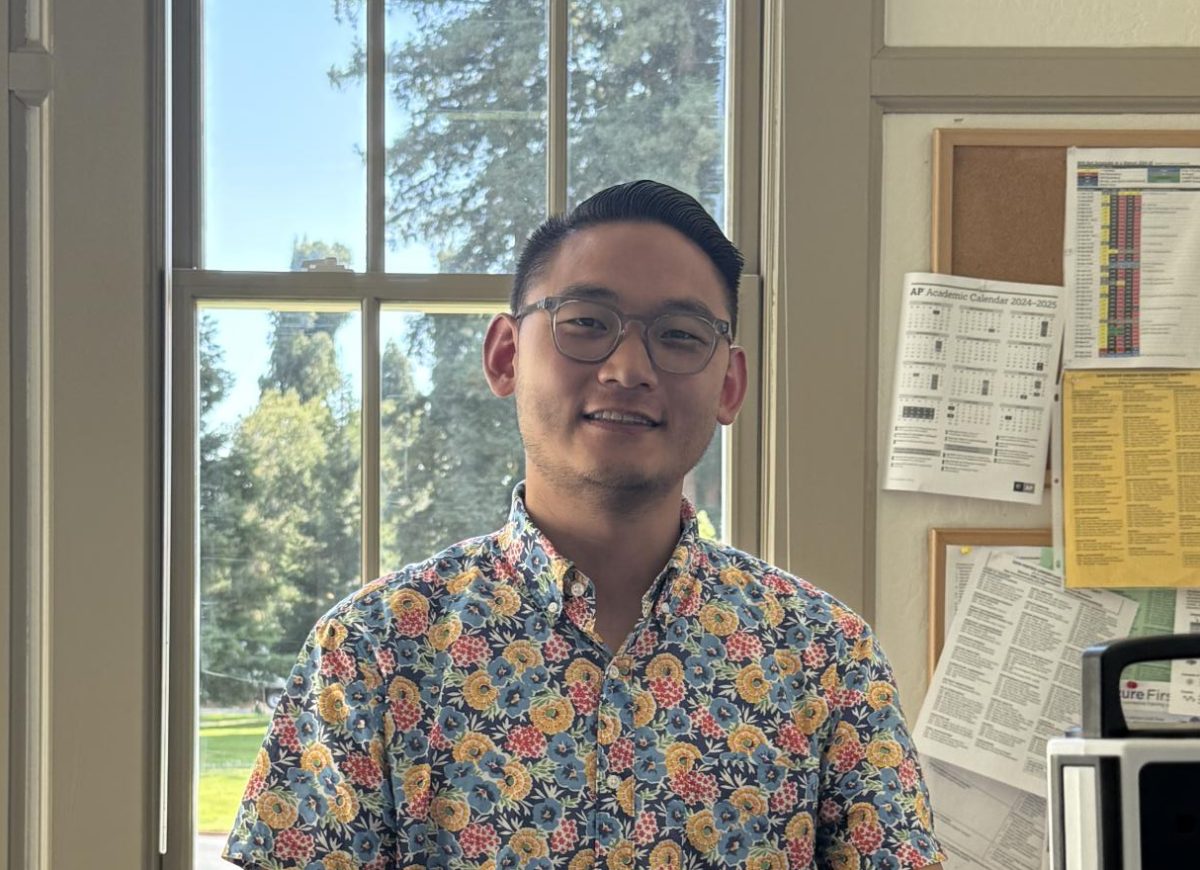

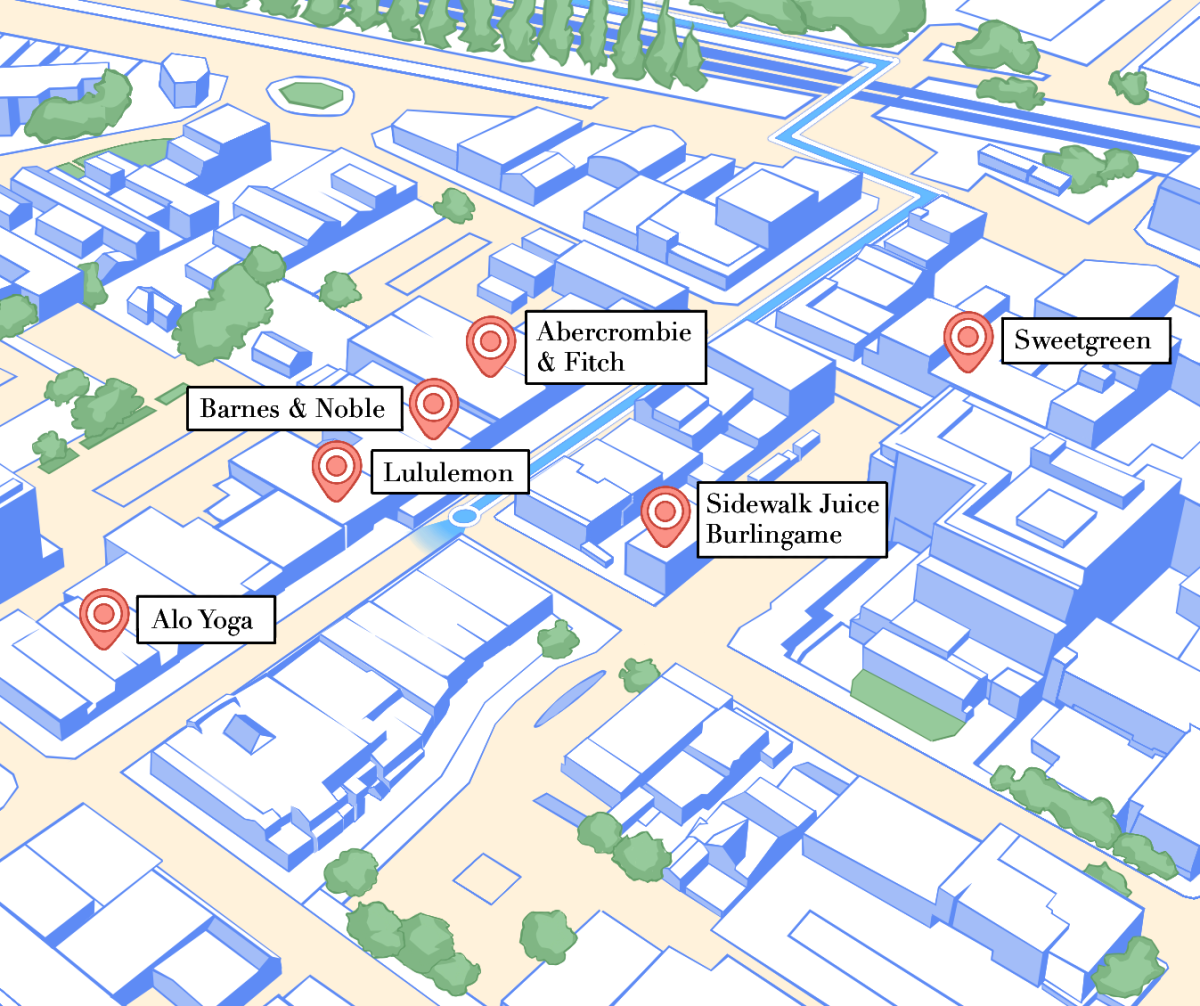
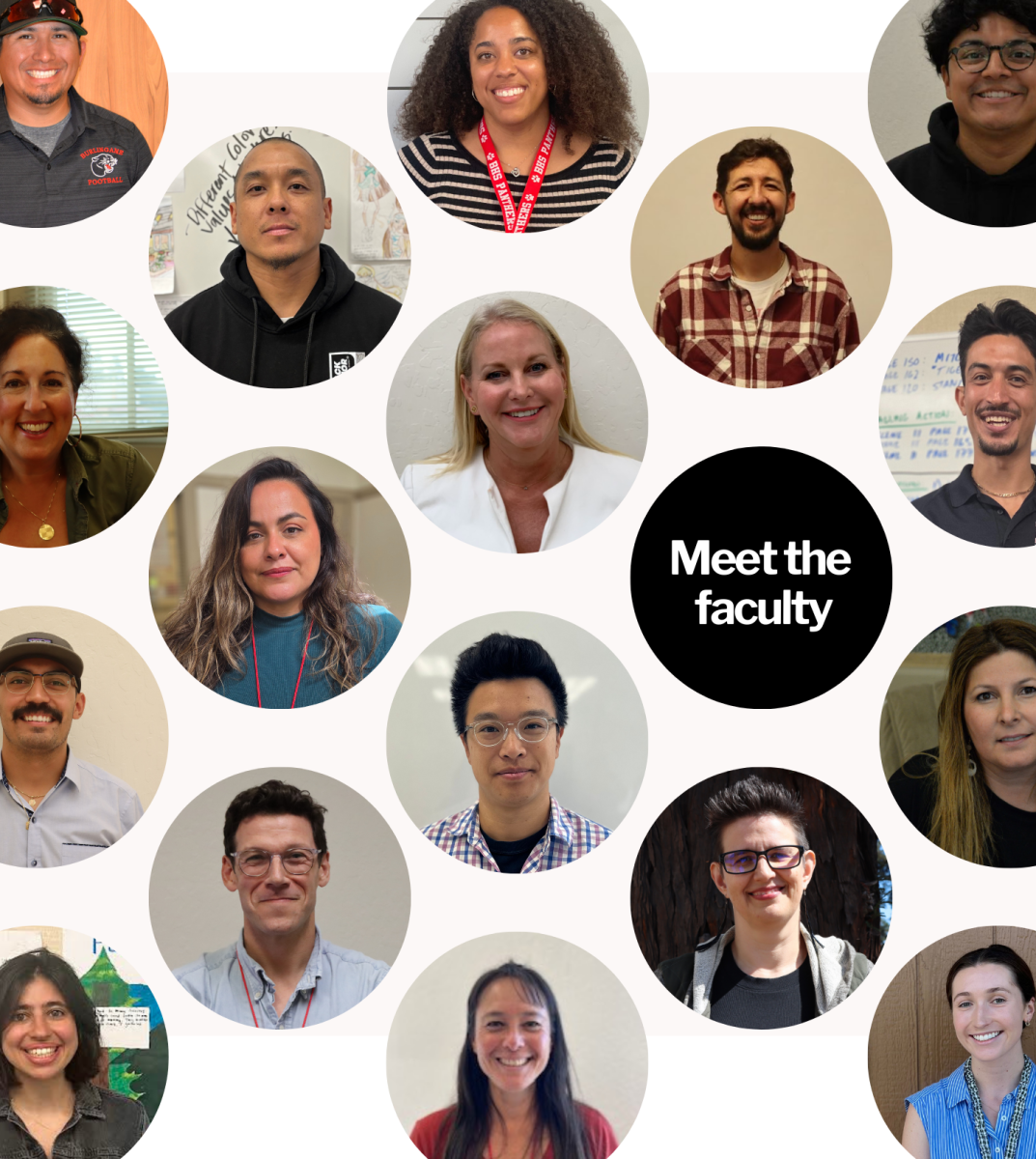


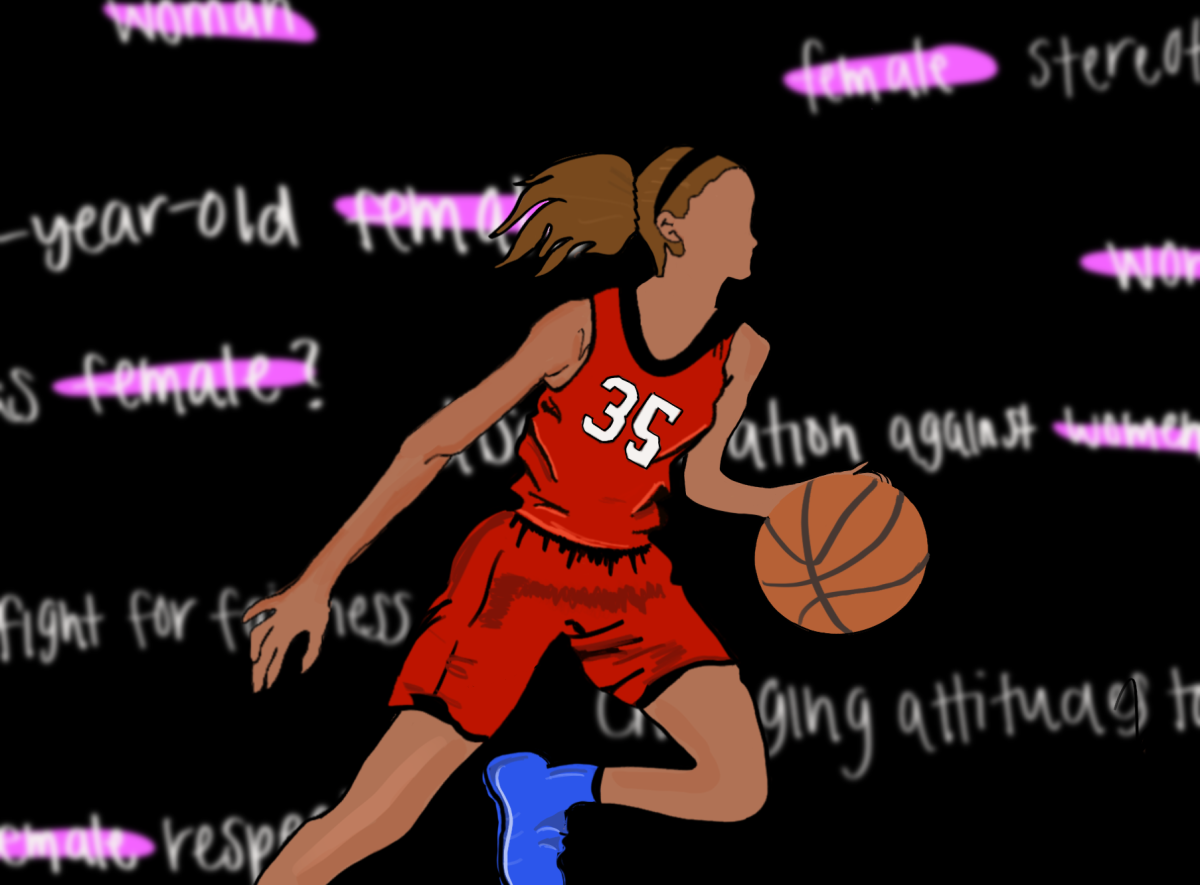
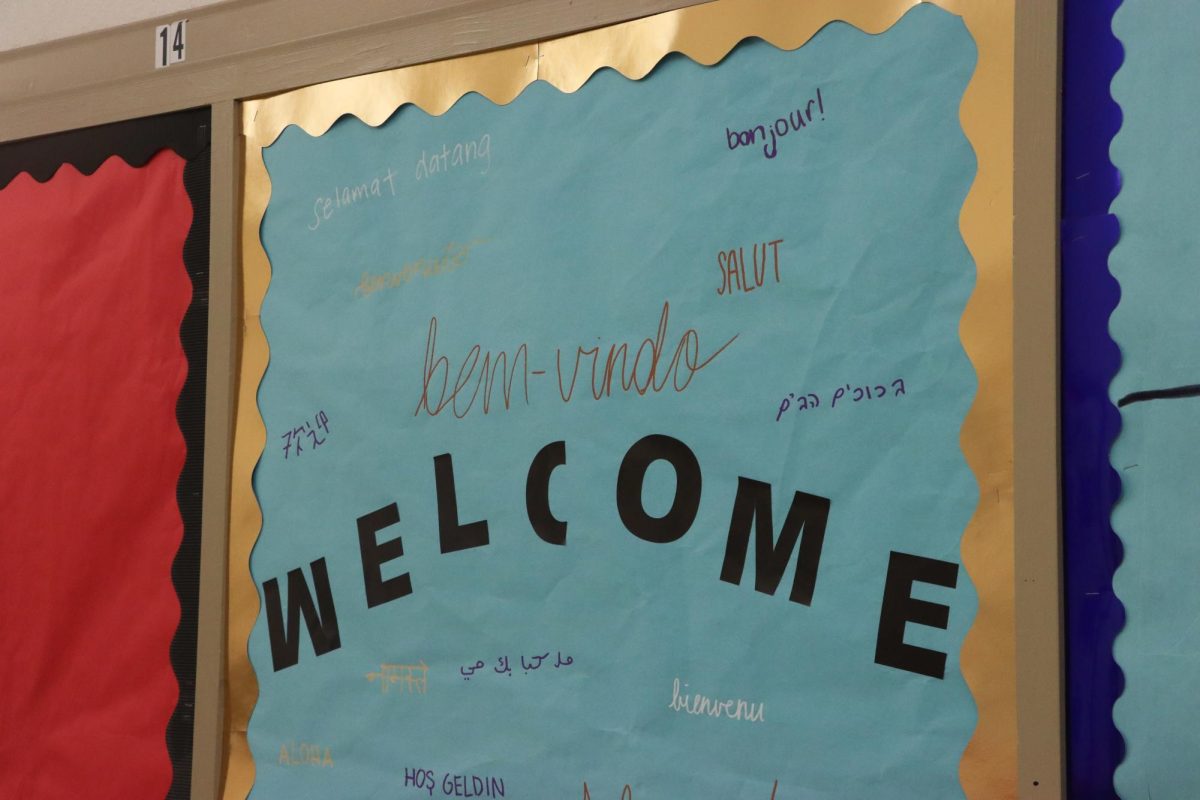
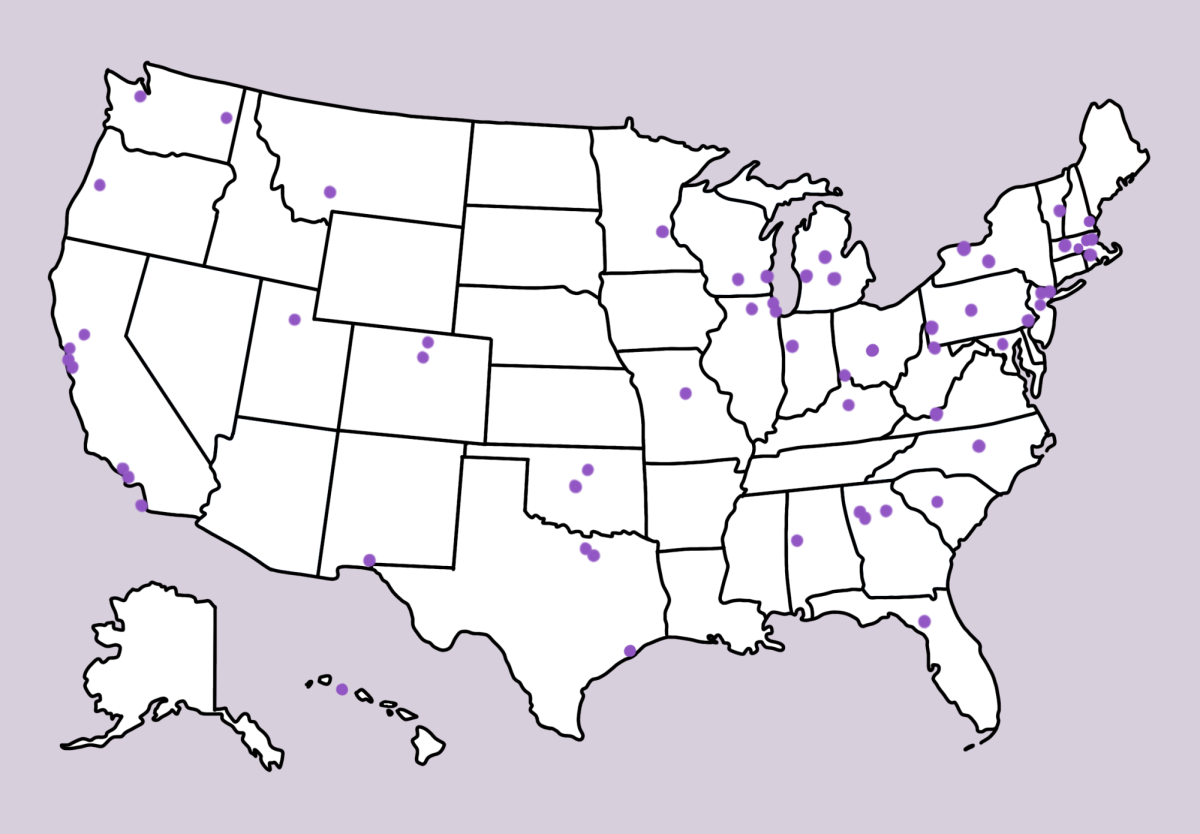



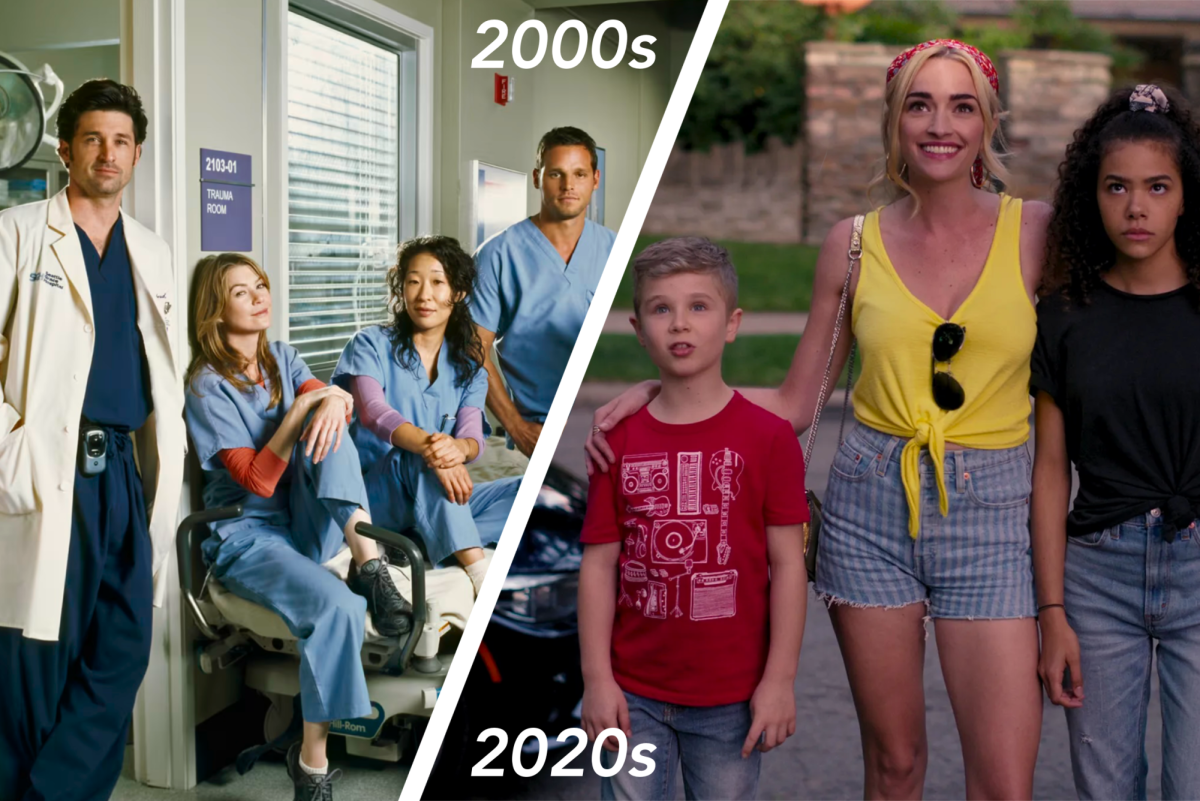




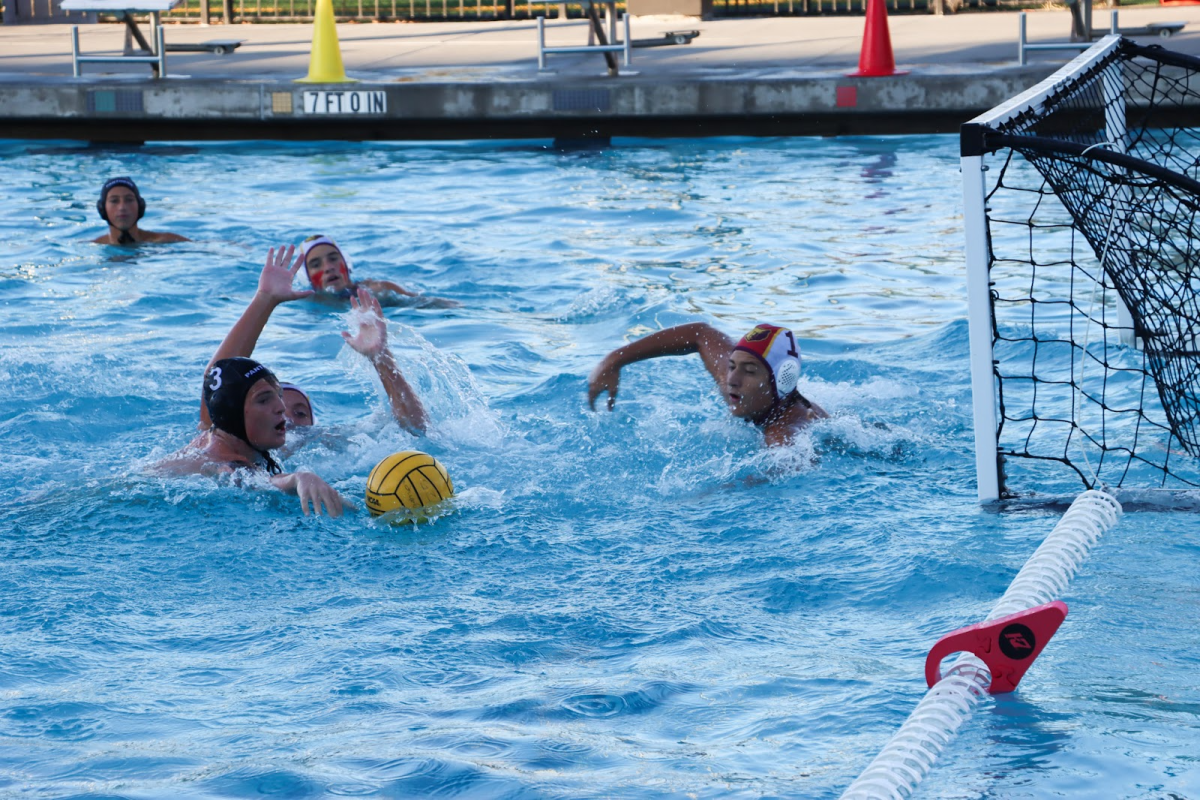
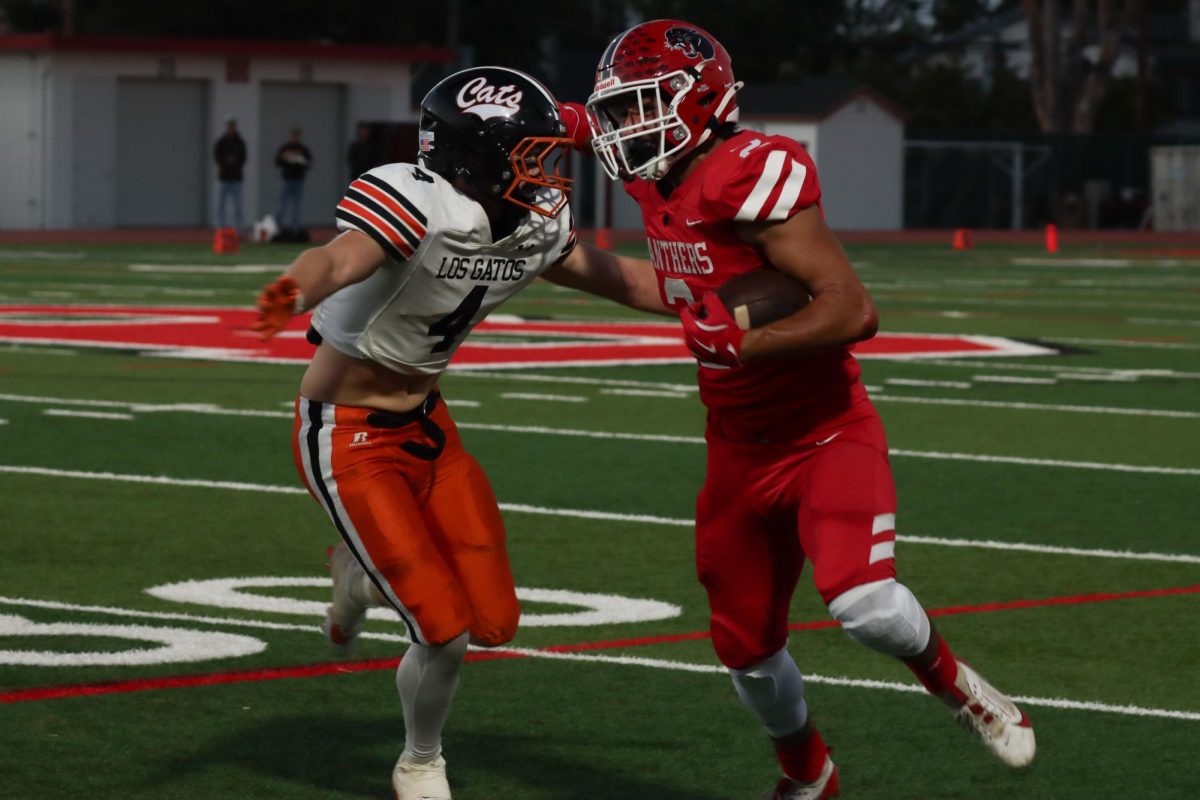


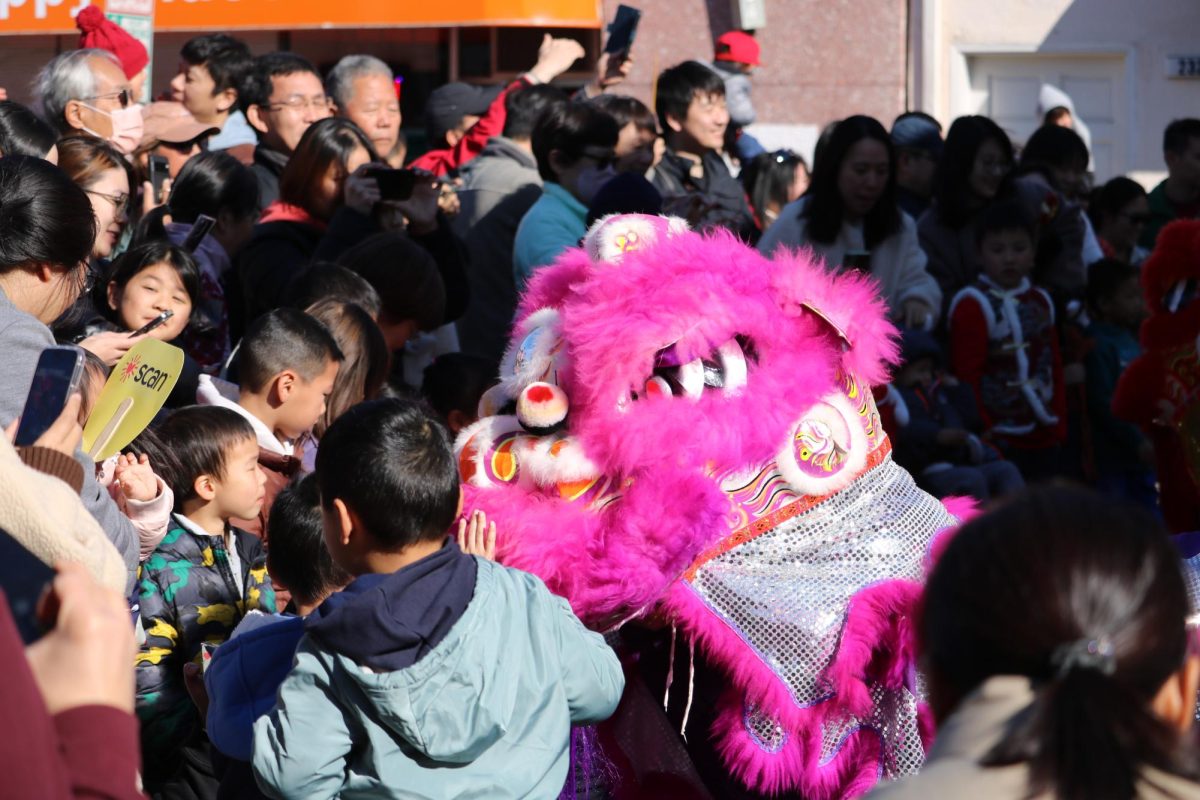












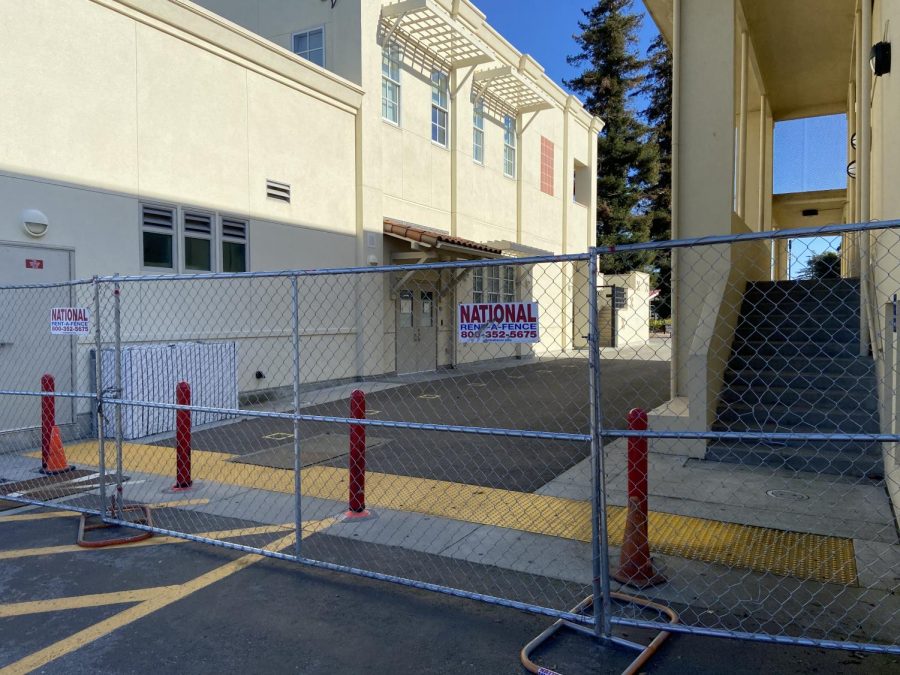
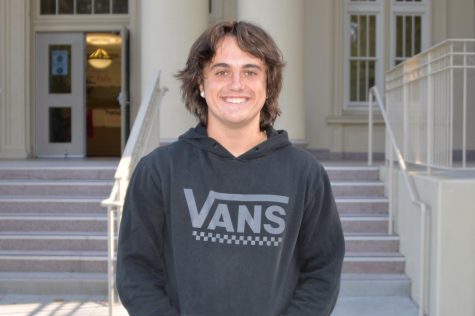
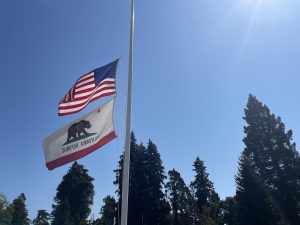
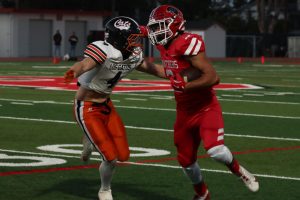
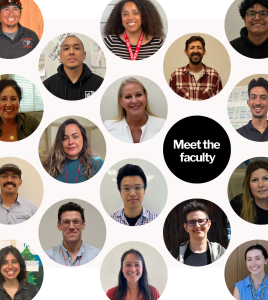
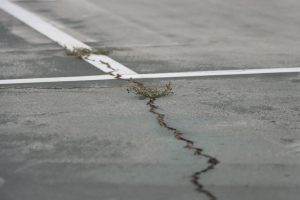
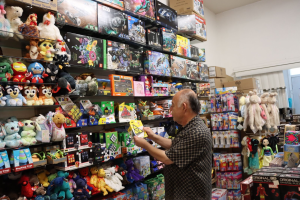
Fred Baum • Feb 2, 2021 at 5:30 pm
Perhaps teenagers are much better at statistics than anybody gives them credit for?
https://www.cdc.gov/coronavirus/2019-ncov/covid-data/investigations-discovery/hospitalization-death-by-age.html
Ronaldo • Feb 1, 2021 at 8:26 pm
Idiots!
kids and their parents